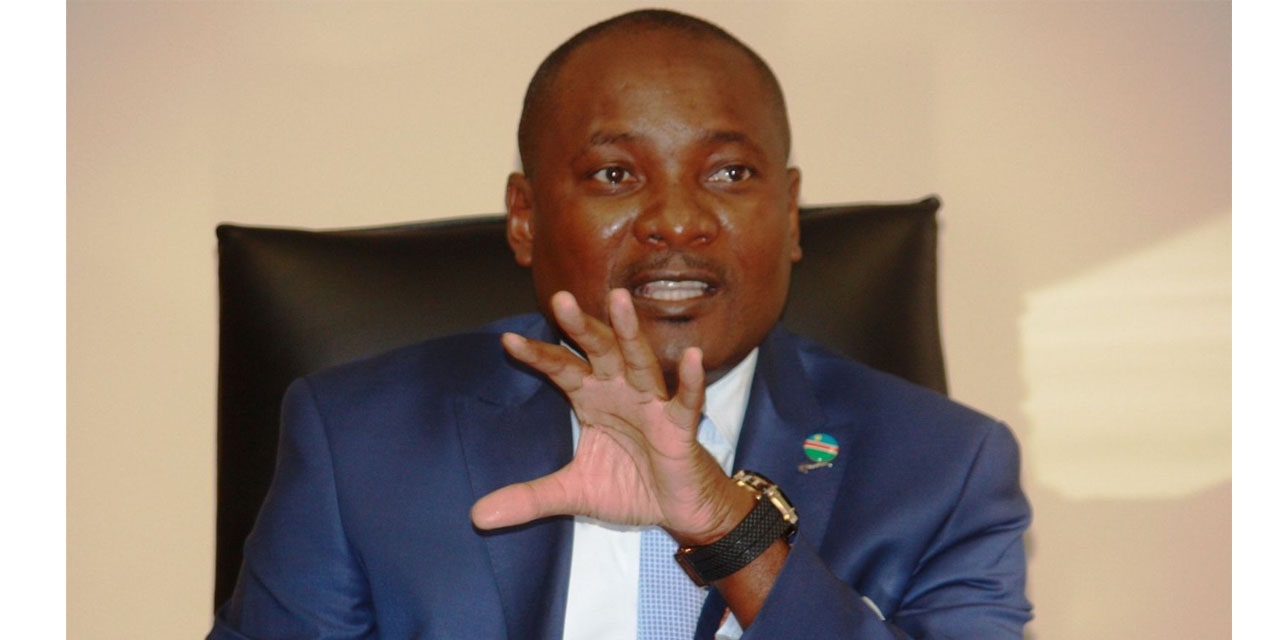Staff Writer
The Minister of Environment Tourism and Forestry, Pohamba Shifeta, has expressed his excitement about the tourism sector following the inauguration and handing over of park infrastructure and equipment in the Dorob and Skeleton Coast National Park in Namibia last week.
This was made possible through the support of the German Government through the KfW Development Bank to the tune of N$132 million.
The infrastructure and equipment will assist in the management of the National Parks in which they are situated and enhance biodiversity conservation. The infrastructure includes new park management stations constructed at Cape Cross, Ugabmund, Möwe Bay and Springbokwasser in the Kunene region and the Cape Cross Seal Reserve in the Erongo Region.
Shifeta said that the New Park Management Stations is the first biggest and most significant development for the Skeleton Coast National Park, adding that this is due to excellent cooperation between the Republic of Namibia and the Federal Republic of Germany.
The Minister noted that this will contribute to the prosperity of the communities surrounding the parks, the national economy, and also to the country’s national and international biodiversity conservation commitments.
However, Shifeta emphasized that management must ensure that the infrastructure once constructed and complete; is properly maintained and that biodiversity is well managed for the current and future generations.
“We are working hard to establish our parks as viable tourist destinations that will benefit the people who live alongside them”, Shifeta said.
The new infrastructure comprises new park entrance gates and signage walls; new offices; tourism receptions; vehicle garages and maintenance workshops; staff houses; a service building with equipment stores, service pit and wash bays, and ablution blocks.
The Minister is convinced that this infrastructure development will improve the management of parks and service delivery and as a result, tourists visiting the parks will enjoy Namibia’s best-kept secrets.
Meanwhile, German Ambassador Herbert Beck says that the partnership between the two governments simplifies its common vision and values for integrating biodiversity and conservation with sustainable development which are said to be key to the success of the partnership.
Beck maintains that the country’s successful integrated protected area system relies on close cooperation between national parks, adjacent communal conservancies and farming communities, of which Namibia is said to be leading this implementing approach in Africa.
The Ambassador stated that he is cognizant of the various challenges and difficult financial situation of the government budget, which was heavily impacted by the covid-19 pandemic and the ongoing hike in the inflation rate, adding that although tourism is picking up again, the financial situation of national parks will continue to persist.
Beck believes that the establishment of a sustainable financial mechanism is of high importance for the long-term maintenance and management of NamParks and both governments have already agreed to this and it is said it will become a reality soon.
“Nonetheless, we are convinced that the Namibian Government will continue prioritizing the sector protecting the natural heritage of global importance and source of income for so many Namibian families’, Beck said.
Additionally, these new stations are an addition to other facilities built through the German Development Cooperation in the south at Oranjemund, Luderitz, Rosh Pinah and Aus for the development of the Tsau //Khaeb (Sperrgebiet) National Park, Shisinze in the Nkasa Rupara National Park, and Sikeretti Stations in the Khaudum National Park, at Buffalo Core Area, Shuno Station in Mudumu National Park, sand ome limited extended facilities at Ngenda and Susuwe Stations.
The Environmental Minister went as far as stating that the coastal Parks of Cape Cross, Skeleton Coast, Dorob and Namib Naukluft Park are part of what has become one of the longest protected coastlines in the world, stretching from the Iona National Park in southwestern Angola, bordering the Skeleton Coast Park to the Ramsar Site at the Orange River.
With the establishment of the Iona-Skeleton Coast Transfrontier Park between Namibia and Angola, Shifeta said that there is an opportunity to establish a much larger Transfrontier Conservation Area that spans three countries of Namibia, Angola and South Africa along the Namib coast.
Shifeta says the Namibia National Parks Programme of which these Coastal Parks are a part, provides linkage with the transfrontier conservation areas, which creates further linkages with numerous concessions, conservancies and private conservation areas, and offers exceptional conservation and tourism opportunities.
The parks are managed for wildlife, biodiversity conservation and tourism as well as for the economic development of the country and improved livelihoods of the people.
Parks and people need to be equipped with appropriate tools and equipment to conduct their day-to-day activities efficiently and effectively.




